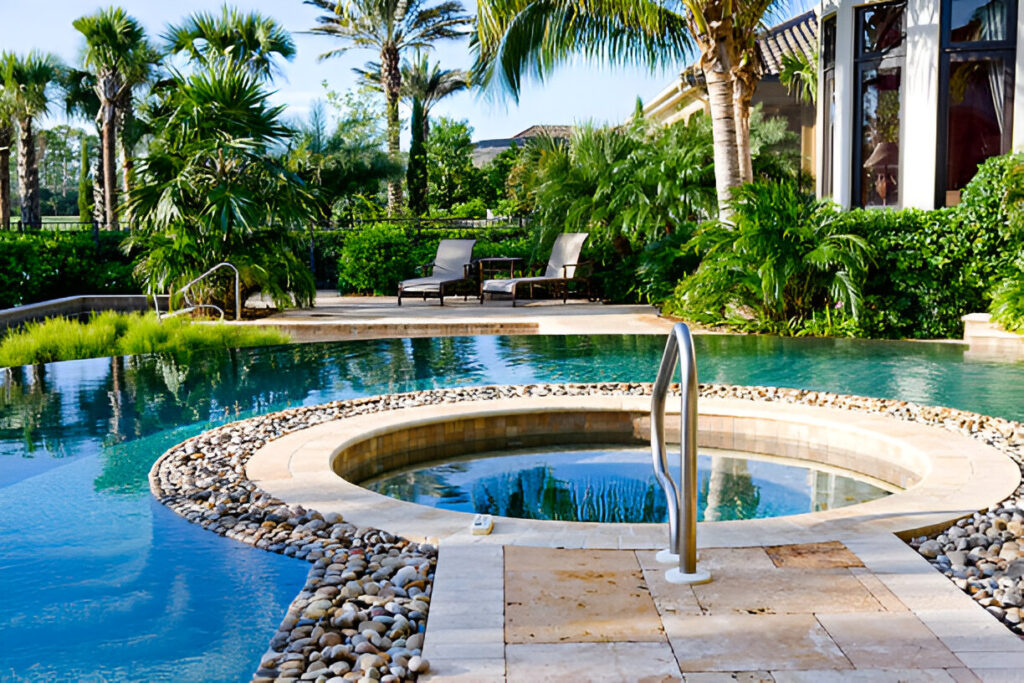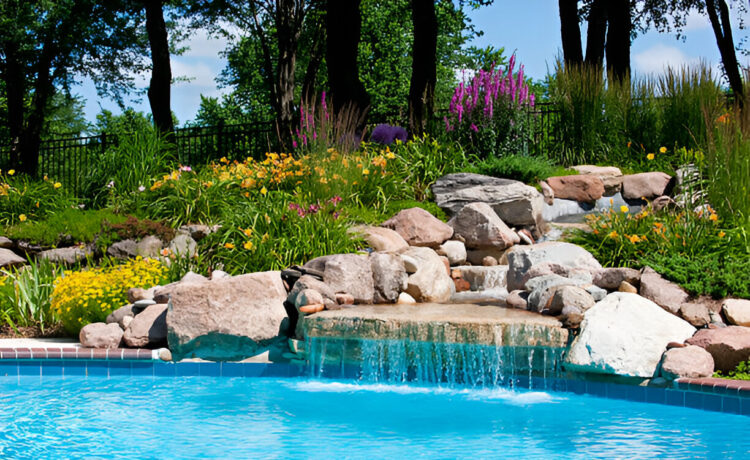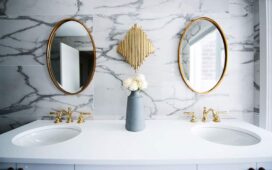This old swimming pool of yours in the backyard can become something more than just a pond. It could turn into a thriving ecosystem teeming with life. It is more than changing a pool into a pond without chlorine. It is about making a self-sufficient home to plants, fish and local wildlife.
A good filtration system such as that of Oase can help keep water crystal clear without excessive maintenance. That Pond Guy, who is one of the well-known pond experts in the UK, specializes in natural water features, has assisted many homeowners in making their sterile pools into lively ponds that draw dragonflies and, frogs and even birds.
Step 1: Prepping Your Pool for a Natural Makeover
When it comes to fish and plants, you will need to make room first. Do not add chlorine; wait for it to dissipate – it may take several weeks. Ensure the water is safe for aquatic living things by checking it.
If your pool is cracked or has structural damages, this is the perfect moment to fill it up. Decide whether you prefer a deeper area for fish or shallower areas for marginal plants, as this will affect how you adapt a form of a pool.
Step 2: Installing the Right Equipment
And even a natural pond requires circulation and filtration to be healthy. A submersible pump maintains movement of water to avoid stagnation, and a biofilter attracts helpful bacteria that digest waste.
A separate regeneration zone filled with plants serves as a natural filter if you target a swimming pond. It not only looks stunning to add a waterfall or a fountain but oxygenates the water which is important for fish and plants.

Step 3: Bringing the Pond to Life
The exciting part is about to begin: adding fish and plants. Begin with the oxygenators, such as hornwort, and add them in order to stabilize the water, and then add the floating plants, such as water lilies, for shade.
Marginal plants like irises and rushes soften the edges and act as a wildlife shelter. In terms of fish, hardy ones such as goldfish or native minnows are great starters. Avoid overstocking; leave the balance of the ecosystem to find its balance naturally.
Maintaining Your New Pond
Unlike a pool, a pond thrives with a hands-off approach. Regular checks for water quality (pH, nitrates) will help you spot imbalances early. Algae might appear initially, but as plants establish, they will outcompete it for nutrients.
It is possible to net the pond in autumn to avoid the accumulation of leaves. With time, frogs, insects, and possibly herons will come to your pond, which will prove you have created a real place for wildlife to inhabit.
When to Call in the Experts
Should it feel like an overwhelming task, That Pond Guy and other experts can take care of everything from designing to planting. They will make sure your conversion goes as smoothly as possible, regardless of whether you are fantasizing about a natural swimming hole, koi pond, or biodiverse wildlife sanctuary.













